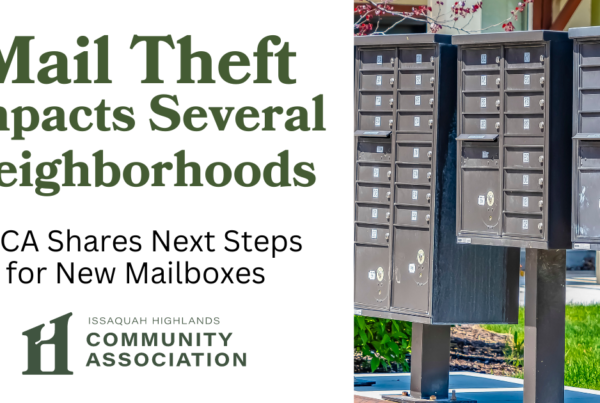
In our efforts to be an environmentally conscious community, many home owners choose to limit watering their lawn during the summer to conserve water. If you are considering this strategy this summer or have tried it in the past only to see your lawn die completely, here are some tips for you.

Follow a Watering Schedule
A dormant lawn has different needs than a non-dormant lawn. The key to helping it survive dormancy is to let it turn brown gradually. Don’t just stop watering abruptly and expect it to survive.
- Either keep watering regularly or gradually wean it down over a month or so. Dormant lawns should get at least 1/2 inch of water every 2-3 weeks.
- Water in the early morning or early evening hours to maximize soil penetration and avoid evaporation.
- As long as we have a decent rain fall within a two-week period, you should not have to water your lawn at all.
Typically, a lawn only needs one inch of water a week to stay green. If you would like to maintain green grass but still want to watch your water consumption, place a few empty tuna cans in your yard. Turn on your sprinkler and time how long it takes to fill the cans. This is how long you would need to water each week for green grass.
Keep on Mowing
Grass will eventually stop growing during a drought, but mow as often as necessary.
- Do not remove more than the top 1/3 of the grass blades per mowing.
- Consider raising the mowing height to 3 or 3.5 inches during dormancy. Grass should not exceed more than 4 inches per the Community Wide Standards.
- Sharpen your mower blades at least twice during the mowing season. Dull blades tend to rip the grass, leaving jagged edges that quickly dry out.
- It is best to mow in early morning or late evening.
- Leaving grass clippings on the lawn after a mowing can provide much needed moisture. Don’t let them get too thick or clump together, or they’ll suffocate the lawn. Per the Community Wide Standards, grass clippings may remain after a mow to encourage green lawn maintenance practices.
Weed Your Lawn
Some weeds thrive during reduced water situations because of large tap roots that can hold water.
- If you only have a few weeds, pull or dig them out.
- Do not apply weed controls when the lawn is under heat and drought stress, temperatures are greater than 85 degrees and humidity is high.
- Avoid use of fertilizers when the lawn is in a dormant stage. Excessive fertilizer applications during a drought can promote top growth at the expense of rooting activity and cause injury.
De-thatch During the Drought
To help your lawn absorb what little moisture is available, use a de-thatcher. Thatch is simply an over accumulation of dead organic lawn matter, such as grass clippings and shredded leaves. Removing thatch is important any time of the year but especially during a drought.
Minimize Foot Traffic
It’s important not to let too many people walk over your lawn while it’s dormant. The weight of a lot of activity will compact the soil, making it more difficult for the lawn to absorb moisture.
Once your lawn is dormant, follow these steps to avoid it dying completely.
Look for Patterns
Is your entire lawn brown, or are there distinct patches of brown grass? When your whole lawn is the same greenish brown to straw-colored, the grass is dormant. However, if there are areas or circles of brown grass, they are most likely dead.
Try the Tug Test
You may not be able to see a real difference between dead and dormant grass, but there is a test you can perform to get an answer. Find a section of brown grass, grab some in your hand and pull. If the grass comes out easily with no resistance, it is dead. If, on the other hand, you feel significant resistance when you pull on the brown grass, it’s simply dormant. That resistance means the grass is still alive and you should only get a handful of dry blades.
Following a sound lawn care program throughout the year is the best way to survive a drought.
Susan Carlson is the IHCA community manager.





